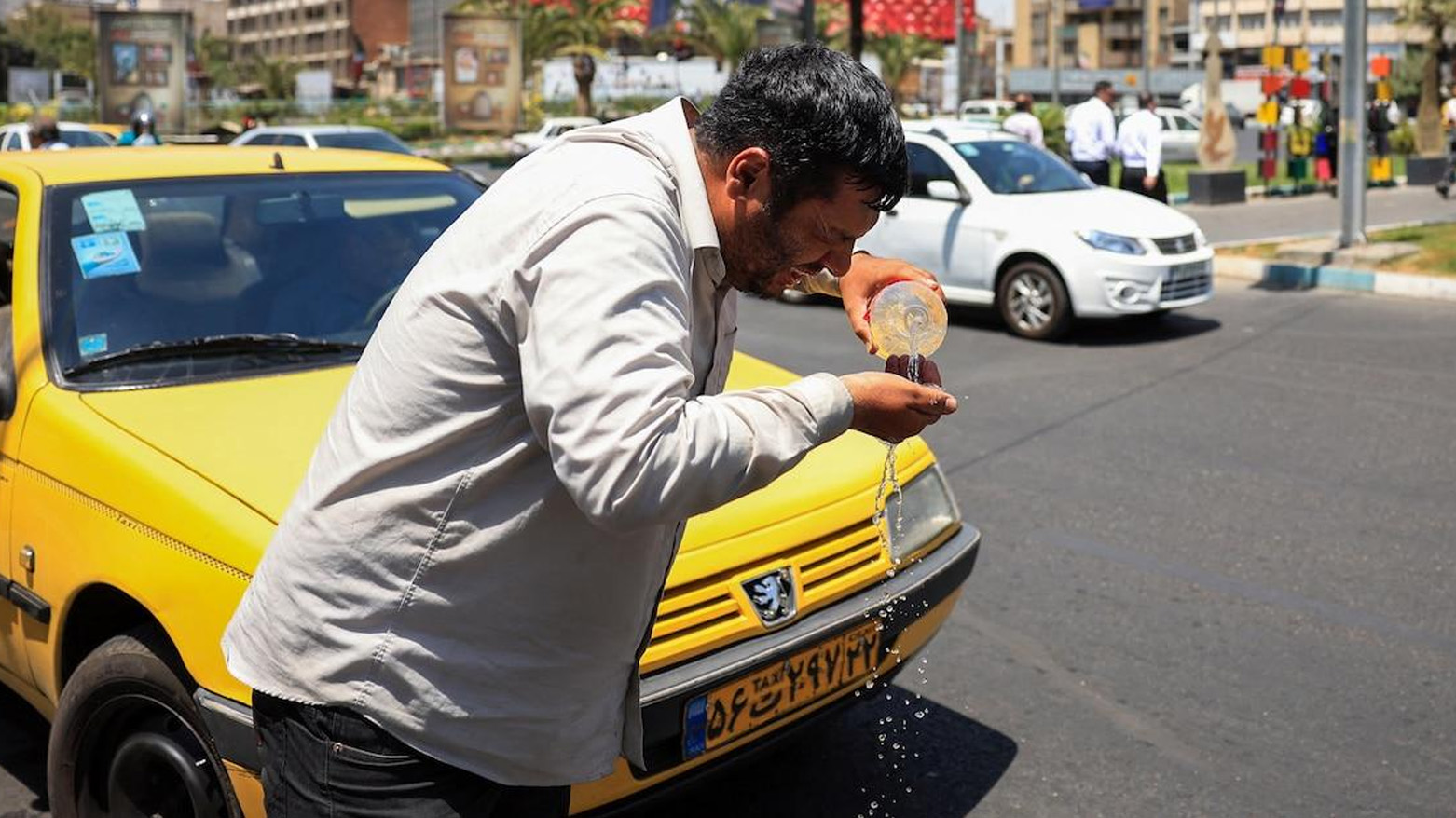Iran Shuts Government Offices Amid Heatwave and Energy Shortages
Tehran’s governor, Mohammad Sadegh Motamedian, stated that the decision was made at the request of the energy ministry to help “manage energy consumption in the water and electricity sectors,” according to state television.

ERBIL (Kurdistan24) — Iran has ordered the closure of many government offices across the country to reduce electricity consumption as a severe heatwave continues to strain the nation’s power grid, according to a report by AFP.
At least half of Iran’s 31 provinces, including the capital Tehran, are affected by the directive, with public offices either closed entirely or operating under reduced hours, the official IRNA news agency said on Wednesday.
The shutdowns extend to major provinces such as West Azerbaijan, Ardabil, Hormozgan, and Alborz. Tehran’s governor, Mohammad Sadegh Motamedian, stated that the decision was made at the request of the energy ministry to help “manage energy consumption in the water and electricity sectors,” according to state television. However, emergency and frontline services will remain operational.
Iran’s meteorological office has forecast continued high temperatures over the next five days, after several southern regions, including Khuzestan province, registered temperatures as high as 52°C in the past 24 hours.
Amid the sweltering conditions, authorities in Tehran have also cut mains water pressure to counter declining reservoir levels, as the country grapples with what local media describe as the worst drought in a century.
The energy crisis is taking a heavy toll on the economy. Frequent power outages have slashed industrial output, with the reformist newspaper Shargh reporting that factories are now experiencing power cuts up to four days a week. The disruptions have pushed production levels back to those seen in 2020 during the height of the COVID-19 pandemic, according to data from Iran’s industrial and mining sectors.
The energy crunch is further compounding Iran’s economic difficulties, already burdened by Western sanctions and rampant inflation.
